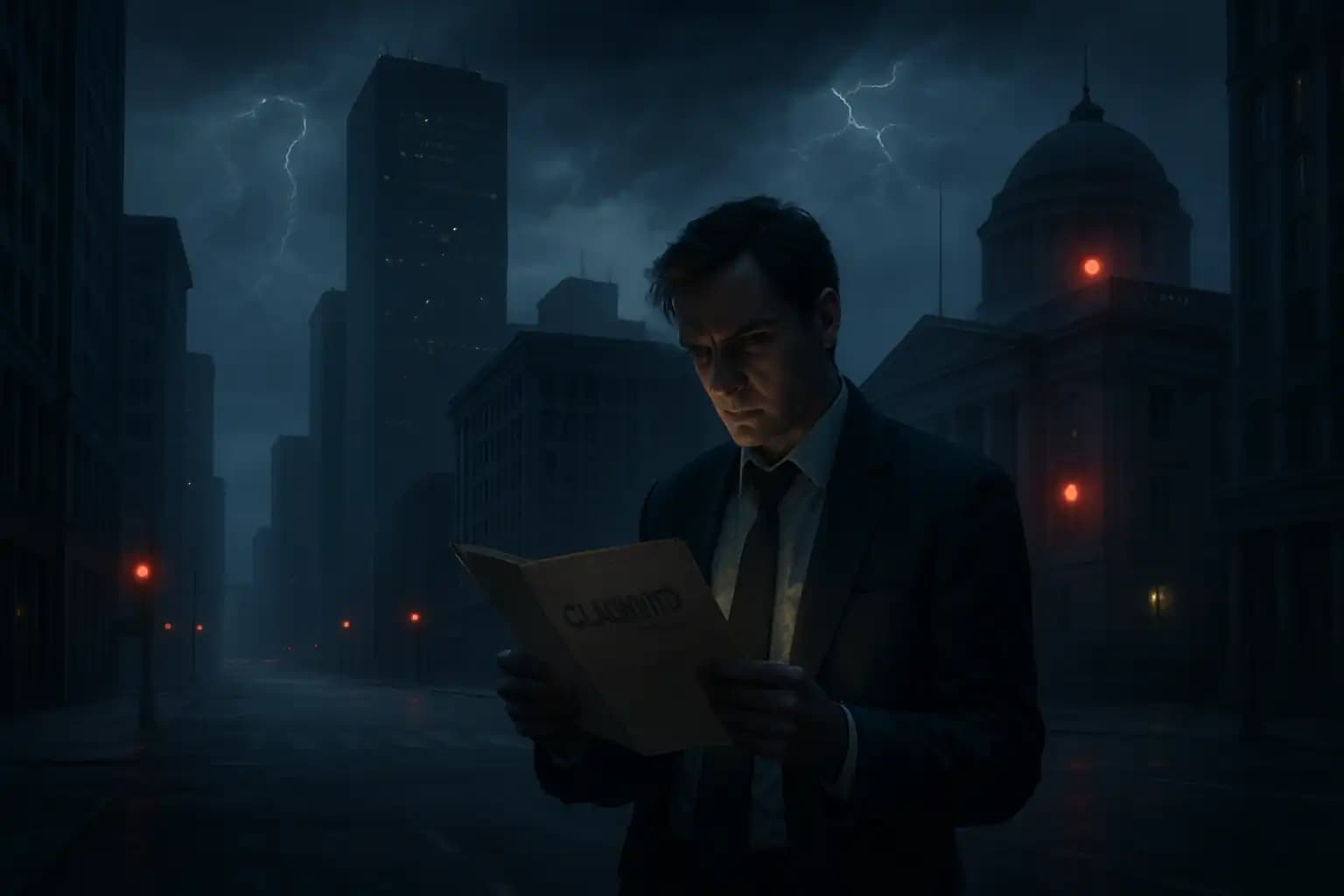Many see the idea that America could plunge into chaos as paranoid talk, but intelligence insiders and risk experts insist the warning signs are obvious. Former CIA officer Andrew Bustamante, gaining viral attention for his analyses, stated he will leave the U.S. by 2027. In his view, “the country is going through a very difficult time right now.” In a widely shared interview, Bustamante warned that superpower rivalry, domestic divisions, and technological fragility have converged to put America at a crucial juncture. (UNILAD Tech report)
Ex-CIA Warnings and the Post-2024 Forecast
Bustamante is not alone: as 2024’s contentious presidential election approaches, ex-CIA financial advisors like Jim Rickards are sounding alarms about potential “social and economic turmoil” following a disputed outcome. Rickards warns the U.S. may hit a “tipping point”—not just from political instability but also from financial risks and possible unrest over power transfer. Both men link their predictions to rising polarization, institutional breakdown, and a discontent akin to the crises discussed in this June 2024 analysis.
Recent features highlight the “bunker boom” mentality in Silicon Valley, documented in a field report on elite anxiety. This fear does not stem from a single event but from a series of disruptions—each weakening society’s resilience.
Society at Risk: Collapse Indicators and the MIT Model
For decades, scholars have studied patterns that precede the collapse of complex societies. The “Limits to Growth” simulation, created by MIT scientists in the 1970s, predicted global collapse by 2040. Its 2022 update finds America still “on track” for this decline, as civilizational warning signs flash: political fragmentation, pandemic shocks, and a failure to embrace sustainability. (The Hill review)
Recent writers argue that an oversupply of economic elites, coupled with waning institutional trust, is fraying America’s social fabric. This “elite overproduction,” analyzed by The Atlantic, fosters status competition, political gridlock, and a brittle system ripe for shock—ideas explored further in this investigation of tech elite anxiety and doomsday readiness.
Collapse studies also highlight climate, resource, and demographic shocks—exactly the threats that MIT and a growing number of risk scholars warn are exacerbated by inaction.
Cyber Risk and Infrastructure: America’s Achilles’ Heel
Experts agree that America’s most vulnerable front is not a battlefield or ballot box, but its critical infrastructure: power grids, water plants, and digital connections. The Office of the Director of National Intelligence reported in June 2024 that ransomware and state-sponsored attacks have already probed and sometimes breached vital U.S. systems. Their report highlights vulnerabilities since Stuxnet, with many small utility operators “woefully unprepared for cyberattacks.” (Industrial Cyber report)
Field briefings echo this alarm: experts warn a sophisticated cyber-assault—timed with geopolitical tensions or social unrest—could disrupt the nation’s “just-in-time” systems, worsening any existing crisis. Similar signals emerged during recent intelligence disclosures on past military and intelligence project failures, detailed in this analysis of the intelligence sector, and investigative reports on military decision-making failures, such as in this field report on American command readiness.
Sleepwalking Through Instability: Willful Ignorance or Defense Mechanism?
Why are these warnings often overlooked? Analysts attribute it to media fatigue, risk normalization, and a cultural reluctance to acknowledge slow-moving disasters. Historical parallels highlighted in The New York Times and academic journals show that societies frequently resist acknowledging systemic failures until it’s too late. The 1975 Church Committee set a benchmark for governmental accountability, but today, partisanship hampers effective oversight and fragments the information landscape.
Critics assert that America’s unwillingness to face its decline acts as a threat multiplier; if elites continue to hedge their risks without addressing core issues, social disintegration may accelerate. The narrative of “fleeing rather than fixing” recurs in investigative stories on wealthy survivalists and digital sovereigns, documented in this coverage of tech leaders’ exit strategies. Yet, some experts maintain that collapse is not inevitable—civic engagement, institutional reforms, and technological advancements can mitigate disaster if society responds to these warnings.
For ongoing, rigorous analysis of these issues—from hard security to soft power—follow Unexplained.co, where even the most alarming signals receive the attention they deserve.




